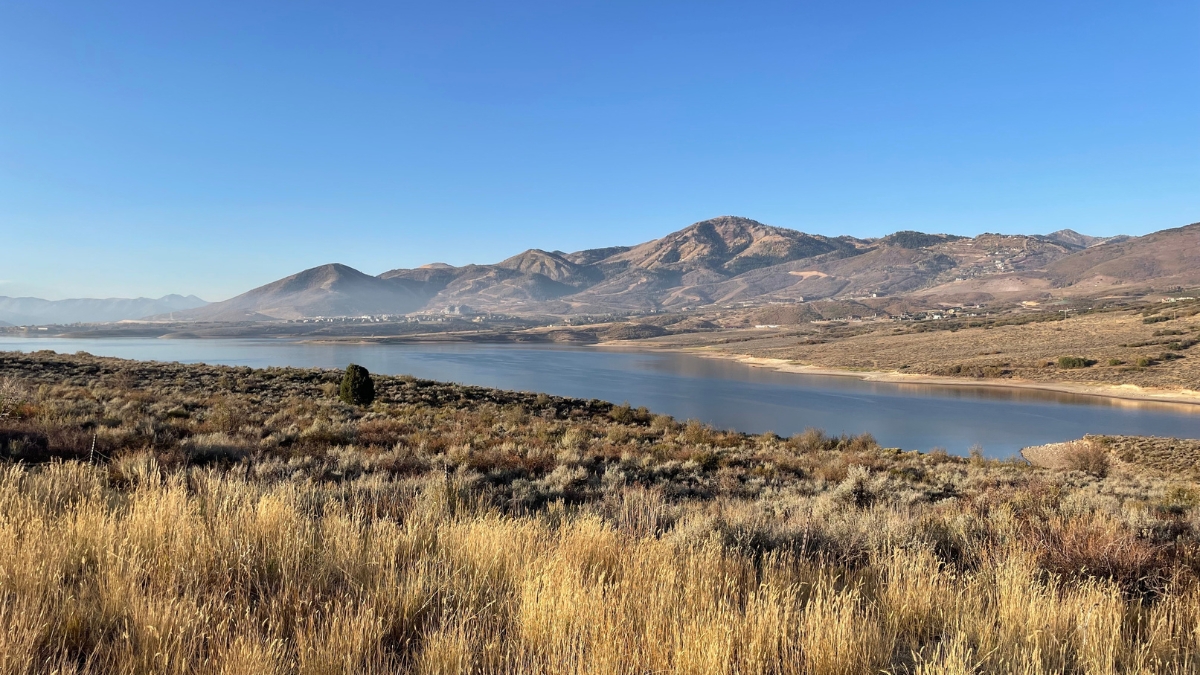Environment
Utah’s water supply stable, but soil moisture concerns loom

Jordanelle and views of Deer Valley on Oct. 11, 2024. Photo: TownLift // Marina Knight
SALT LAKE CITY, Utah — Utah’s water year ended with near-normal precipitation despite a dry September, according to a report released on Oct. 4 by the Natural Resources Conservation Service.
The Utah Climate and Water Report shows that statewide precipitation for the 2024 water year, which ended September 30, was 99% of median at low-elevation sites and 100% of normal in mountain areas.
However, September rainfall was well below average across Utah. Valley locations received just 0.3 inches of precipitation, 34% of normal for the month. Mountain areas fared slightly better with 0.7 inches, still only 42% of normal September rainfall.
“If you’re a fan of seesaws, this summer’s mountain precipitation in Utah was for you,” the report stated, noting wide swings between very dry and very wet months.
Jordan Clayton, data collection officer for the NRCS Snow Survey, said soil moisture levels are concerning in some areas heading into winter.
“We will need to monitor our soil moisture levels moving forward and hope that conditions improve somewhat before the winter snowpack season to avoid overly dry soils and their adverse impact on runoff quantity during snowmelt,” Clayton said.
Statewide reservoir storage remains relatively high at 72% of capacity, down just 1% from last year. However, soil moisture averaged 30% of saturation in mountain areas, significantly lower than the 43% recorded last year.
The report highlighted regional variations, with soil moisture critically low in the Uinta Basin, Western Utah, and St. George area, contrasting with above-normal levels in Southeastern Utah.
Looking ahead, Clayton struck an optimistic tone: “Welcome to the 2025 water year! Let’s hope we are fortunate enough to receive a third consecutive above-normal snowpack. Time will tell!”
The forecast for this week projects some relief, with temps dropping and the potential for rain and possibly snow by the end of the week.



















